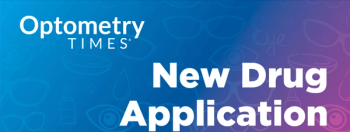
R&D needed for new gas perm care systems, materials
Where is the research and development in care systems for these patients? Where is the development of new gas permeable materials?
Within the
Mismatched care systems and lenses
Unfortunately, the smaller independent lab cannot make the necessary investment to get through the FDA approval process for a new care system. It seems that the larger manufacturers do not see enough profit to continue to invest in this area directly. This leaves the practitioner to sort through a hodgepodge of older approved gas permeable solutions or approved soft lens solutions. So most doctors have resorted to going with
Through trial and error, we have found that currently available gas permeable wetting solutions cannot be used with these large diameter lenses. The large size of the lens reduces the tear interchange. If we wet the lens with an available gas permeable wetting system, we trap that solution under the lens with its preservatives and typically see
Appeal to manufacturers
Now, we get to the point of this month’s department; I am making an appeal to the larger manufacturers to look at this growing market and use some of the amazing technological advancements you have made in soft lens care systems and invest some time and money into providing us with some better systems for our gas permeable lens wearers. This market may be smaller than the soft lens market, but it is not threatened by
Newsletter
Want more insights like this? Subscribe to Optometry Times and get clinical pearls and practice tips delivered straight to your inbox.



















































.png)


